Power Tools for Writers
Elizabeth Sims of Writer’s Digest writes, “It’s not the size of your writer’s toolbox that matters—it’s how you use what’s inside. Become proficient with these two tools and you can fix most any story problem.
The Story Arc
What is it?
How to Use it?
The Elements of a Story Arc
While story arcs vary based on the storytelling medium (novel, short story, television show, etc.), I will summarize a basic story arc in five parts. These parts include:
1. The author creates a status quo. This is the framework in which the story occurs. What is normal life like for the characters before the story begins? This gives the reader background and helps the author develop the character.
2. There is a “trigger.” An event that is external to the main character’s existence gives him or her a reason to break the status quo. For example, in the classic fairy tale “Hansel and Gretel,” the birds eating the children’s breadcrumbs and causing them to be lost in the woods is the trigger for their adventure.
3. The trigger causes the main characters to embark on an adventure or a journey. This adventure forms the main part of the story. The adventure may be metaphorical, as it may consist of the protagonist exploring a part of himself or herself or coming to terms with a past injury. During the adventure, one or several plot twists or surprise events will help to give the story substance. They should surprise the reader while remaining plausible.
4. The protagonist makes a decision that steers the course of the story. The kind of decision that the protagonist makes will determine his or her character and how the audience perceives this character. The consequences of this choice result in the climax, which is the point in the story where the tension reaches its peak. This is the turning point and the most exciting part.
5. The tension is resolved. This is done by examining the full consequences of the protagonist’s choice and the fallout of the climax. The author explores the new roles of the characters and how the climax has changed the status quo.
Why use story arcs in fiction?
Using a story arc in your writing can help you organize your story and keep the action moving. It can help condense a disorganized collection of small plot twists into a narrative that flows seamlessly and keeps the reader engaged within a broader tale. This is especially useful in long works, like novels, films, and episodic stories like tv episodes and comics. While the downside of the story arc is that it is difficult for readers or viewers who start in the middle of the work to become engaged and understand what is going on, using a story arc can help you develop a loyal following of readers or viewers who want to know what happens next.
Making story arcs work for you
If you are considering using a story arc in your writing, you can either use it as a framework to build your plot or you can use it as a checklist to edit your work. Both ways are useful and which way you choose depends on personal preference and the way you write. You may find it useful to use the components of the story arc as an outline before you begin writing, as it can form a skeleton that you can flesh out with details and prose. Conversely, you can write your story, then fit it into the story arc guidelines and add and remove parts as needed. For instance, you may have an excellent climax but need to develop your status quo and trigger more.
Whether or not it was the initial intention of the author to do so, most stories do follow the story arc guideline. Use this pattern to help you get started, to edit a story in process, or simply to provide forward momentum in your work. The uses of this literary tool are limited only by your imagination.
The Character Arc
What is it?
How to Use it?
The standard definition of a character arc is how your main character changes over the course of your story. It’s important to note that there’s more out there than just the good guy or gal who’s transformed by the end of the story. Not all characters undergo some major transformation. In some cases, your main character will grow, but not transform.
In fact, most character arcs can be simplified to fit into three different, but sometimes overlapping, categories:
- The Change Arc (aka the Hero’s Journey)
Probably the most common, or at least the most recognizable. By the end of the tale, the main character has conquered and becomes a usually unlikely hero. Some examples include:
- Katniss Everdeen’s rise from poor hunter to revolutionary hero by the end of The Hunger Games.
- Frodo Baggins in The Fellowship of the Ring begins as an eccentric little hobbit with an ordinary life in the Shire. No one would have expected him to overcome so many obstacles and throw the ring into Mount Doom.
- And remember, a hero is not necessarily a good guy. Look at Michael Corleone in The Godfather by Mario Puzo. Just home from Vietnam, Michael wants nothing to do with the family business, but an assassination attempt on his father forces him to take action and sends him down the path toward becoming the ruthless leader of New York’s most powerful mafia.
- The Growth Arc
The standard definition of a character arc is how your main character changes over the course of your story.
The most common form of character arc is the Hero’s Journey. An ordinary person receives a call to adventure and, at first, he or she refuses that call. There’s usually a mentor who helps the hero accept or learn how to attempt the adventure. Think of Yoda in Star Wars.
There’s More to the Character Arc
It’s important to note that there’s more out there than just the good guy or gal who’s transformed by the end of the story. Not all characters undergo some major transformation. In some cases, your main character will grow, but not transform.
In fact, most character arcs can be simplified to fit into three different, but sometimes overlapping, categories:
1. The Change Arc (aka the Hero’s Journey)
Probably the most common, or at least the most recognizable. By the end of the tale, the main character has conquered and becomes a usually unlikely hero. Some examples include:
- Katniss Everdeen’s rise from poor hunter to revolutionary hero by the end of The Hunger Games.
- Frodo Baggins in The Fellowship of the Ring begins as an eccentric little hobbit with an ordinary life in the Shire. No one would have expected him to overcome so many obstacles and throw the ring into Mount Doom.
- And remember, a hero is not necessarily a good guy. Look at Michael Corleone in The Godfather by Mario Puzo. Just home from Vietnam, Michael wants nothing to do with the family business, but an assassination attempt on his father forces him to take action and sends him down the path toward becoming the ruthless leader of New York’s most powerful mafia.
2. The Growth Arc
This is where your main character becomes a better version of who he or she really is. Another version of the Growth Arc is a Shift Arc where the main character shifts his opinion or perspective about a certain situation or a group of people. Some examples of a growth arc include:
- Skeeter Phelan and her contingent of African-American maids in The Help by Kathryn Stockett. They begin the story timid and oppressed, and through the course of the story, they transform into strong women who take a stand and fight for change.
- Richard Chapman in The Guest Room by Chris Bohjalian. In this book, a decent, moral family man throws a bachelor party for his younger brother that gets out of control. The ending is shocking (no spoiler alerts), but it serves to reinforce the main character as an accountable, responsible man.
- Briony Tallis in Atonement by Ian McEwan. Briony is a good girl who thinks she’s protecting her sister and makes an accusation that haunts her the rest of her life. Her life becomes, in effect, atonement for that one moment.
3. The Negative or Fall Arc (aka the Tragedy)
Our main character fails, he or she is doomed, or death occurs. Shakespeare was excellent at writing compelling tragedies.
- The Time Traveler’s Wife by Audrey Niffenegger gives us Henry who can time-travel and change what has or will happen in his life. His wife Clare is left behind to wonder and worry every time he travels. No spoilers, but this is definitely a negative character arc.
- Lord of the Flies by William Golding shows us the ugly side of humanity by marooning a group of British school boys on a deserted island who try to govern themselves with disastrous results.
- Death of a Salesman by Arthur Miller is the tragic ending of Willy Loman, a salesman surrounded by mixed and unaddressed emotions of his family and himself about what life should be.
There you have the three major character arcs. People may—and do—argue that there are more than just these three character arcs and perhaps they’re right. It can also be argued that there are no original story lines, just variant degrees of the same plot. Think about it.
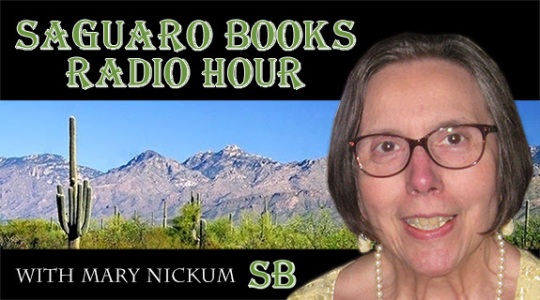
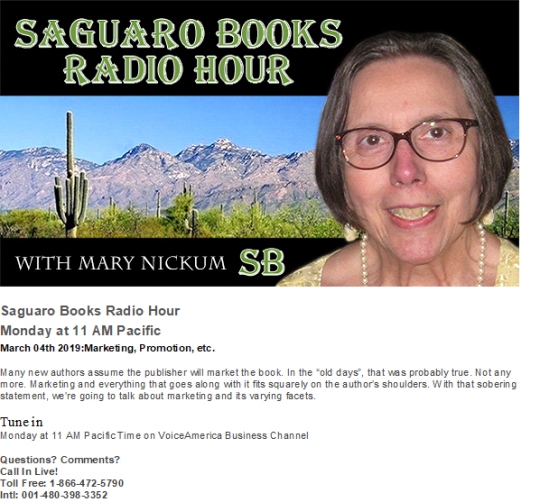
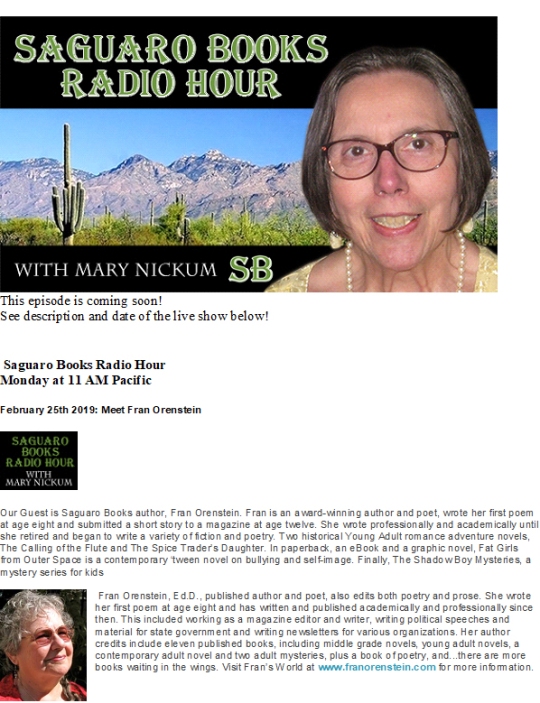
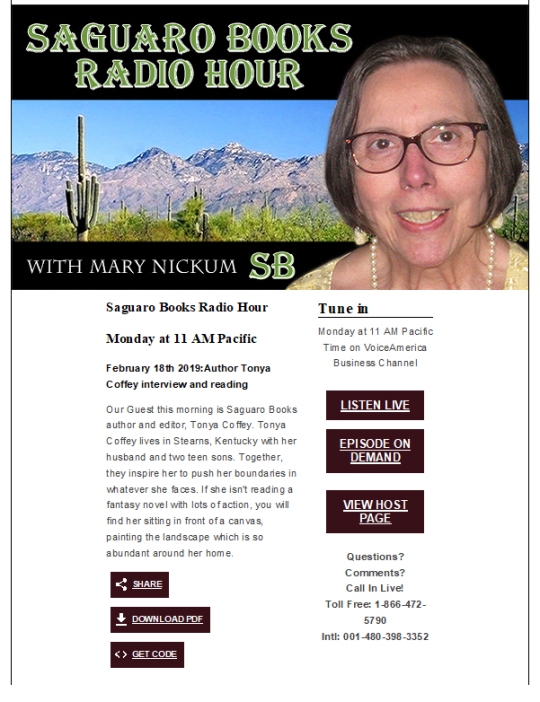
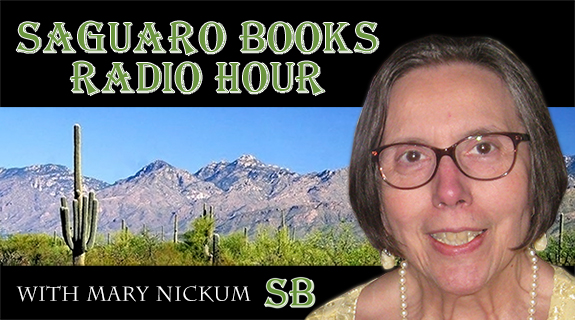 This episode is coming soon!
This episode is coming soon!
Written
on March 1, 2019